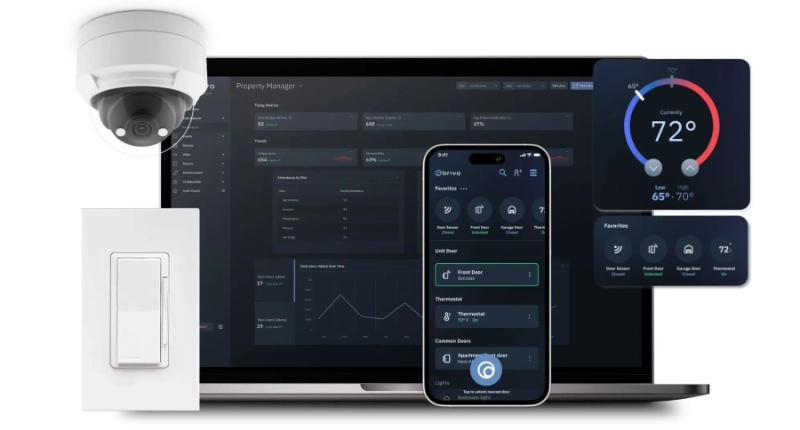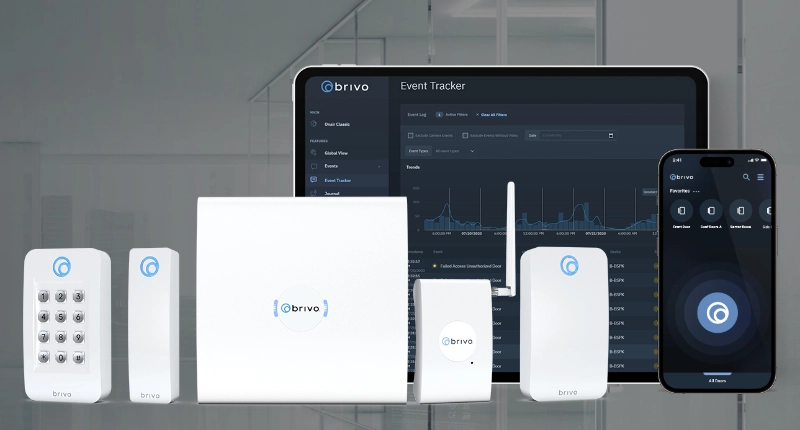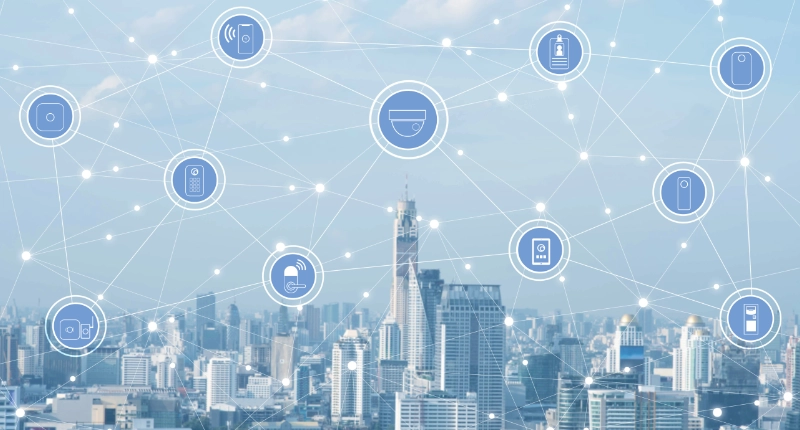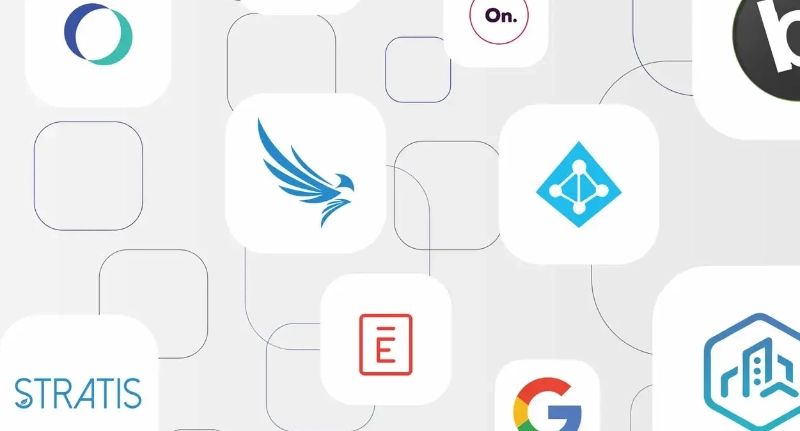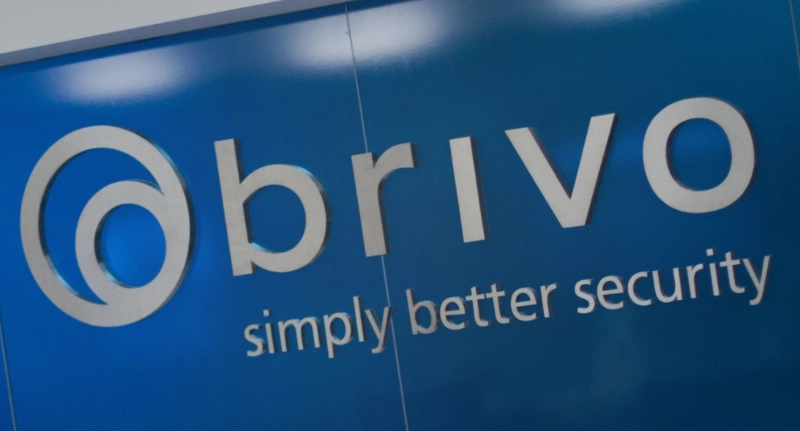If your company is expanding, a new physical security system is certainly top of mind. As your company grows, you may face numerous security challenges, including managing multiple existing systems with varying levels of technology and users carrying multiple credentials. This ultimately creates a disjointed user experience and operational inefficiencies.
A single secure system with a single secure credential can help you meet current and future needs. The benefits of a well-crafted multi-site program can support your business’s growth and help it run more efficiently. It can enable your workforce, provide better protection for assets and information, and reduce the time to complete audits and inspections. Such a program can be critical as more people work from multiple locations.
A robust physical security program should contain four key elements: documented standards, consistent implementation, infrastructure leverage, and a living plan. For a detailed explanation of these elements, including best practices to follow, read the extended report Best Practices for Multi-Site Security Management based on our recent webinar with Security Management Magazine.
1. Documenting Standards
Establish facility security standards that can be applied globally:
- Establish equipment and vendor standards, because many companies run into trouble by using multiple technologies.
- Determine what program choices and roles are made centrally versus regionally. Many times regional offices have their own opinions, local customs, and preferences, so it’s helpful to know upfront which features are optional, and which features are mandatory.
- To see the complete list download our detailed whitepaper here.
2. Consistent Implementation
Make system and support choices that enable flexible implementation of the standards and avoid wide variations:
- Understand the budget impact. It’s important to follow your documentation, understand the costs involved, and make sure you have ways to control them. A cloud-based system is easier to budget for than something that’s installed locally, which would involve computer infrastructure, networking costs, and other unknowns.
- Communicate budget needs. Get a seat at the construction table with IT and local management. Collaborate with business-line managers to convey the benefits of your program.
- To see the complete list download our detailed whitepaper here.
3. Infrastructure Leverage
Work with company assets such as IT and business systems to increase the value and impact of your security program:
- Understand IT’s process and concerns. View IT as partners and talk to them routinely because they have an important mission just like physical security does.
- Collaborate with stakeholders on a mutually agreeable plan. Make security accessible and valuable to local stakeholders as a force multiplier for your program.
- Uncover efficiencies by sharing data with other business systems.
- To see the complete list download our detailed whitepaper here.
4. A Living Plan
Constantly monitor and adjust your standards, plans, and business needs as threats evolve:
- Establish key success factors, monitor closely and share freely.
- Avoid entropy by aligning key stakeholders to a few “North Stars,” those items that are recognized as a business value of your program. A cloud-first mentality can reduce infrastructure costs, pay as you go, and pay as you scale.
- Ensure that your technology can evolve organically and rapidly with minimum transition trauma and low step-function costs.
- Minimize any transition challenges that come with adding software.
To read the detailed Best Practices for Multi-Site Security Management report, click here.
Or if you prefer to listen to the webinar click here.



